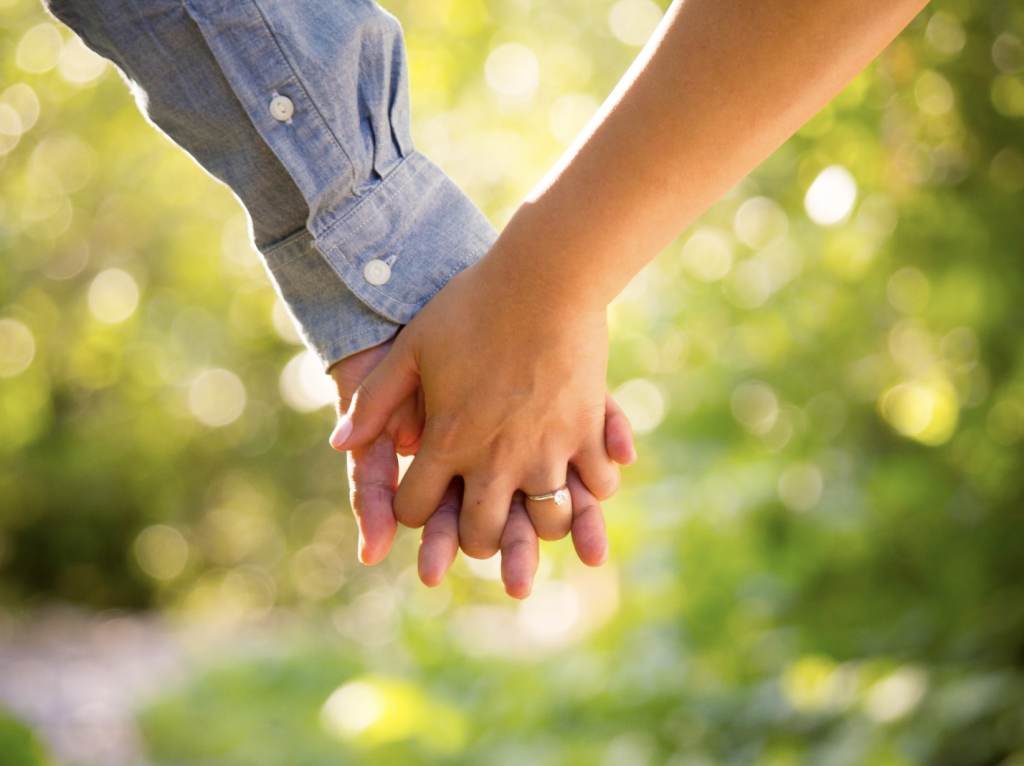The author of this piece has chosen to remain anonymous.
Sunflowers are tied together to create a relaxed arch at the end of the setting. A man with a sunflower pinned to his chest waits anxiously for the music to begin. Three women in warm yellow dresses stand opposite the nervous groom, and everyone’s eyes light up when the bride finally makes her way down the aisle.
For many, getting married is one of life’s greatest accomplishments, to have found love and safety with another person. But for people with disabilities, including those with autism, finding ‘the one’ can sometimes seem out of reach. But this sunflower wedding celebrated a union between two autistic people, and Australia watched their love blossom on national television.
Love on the Spectrum is a reality TV show (you can watch it in ABC iView) which first aired on Australian channels in November 2019, and follows four individuals and four couples with autism, all of whom are navigating the daunting world of dating. With the help of relationship coach, Jodi Rodgers, cast members develop their skills in social communication and as viewers, we have the privilege of watching these young people go on dates with others (some with autism or other disabilities, and some who are neurotypical) in a supportive and encouraging atmosphere.
Autism Spectrum Disorder (ASD) is a neurodevelopmental disorder which affects how people interact with the world and society. While a major aspect of this condition is related to social interactions with others, fixated interests are another indicator of ASD. Boys and girls with ASD present differently; the latter can often be misdiagnosed with other conditions such as borderline personality disorder (BPD) as adults.
To highlight the difference between BPD and autism, here is an infographic which I have found helpful: https://neurodivergentinsights.com/misdiagnosis-monday/boderline-personality-disorder-or-autism
And BPD is also a valid diagnosis, however, if one presents with autistic traits, it can be damaging, and even invalidating, to receive a diagnosis that is not appropriate for one’s symptoms.
Many women who are diagnosed with ASD do not receive this confirmation until much later in life, which can cause frustration, confusion, and grief about missed support. However, not only does this program facilitate understanding and acceptance of neurodiverse people in the Australian community, but it also helps one to understand the innate desire for love that many of us crave, despite our differences.
I have recently been diagnosed with autism as a 24-year-old female, and I want to help raise awareness that autism is not just a diagnosis that can be given to cisgender white males.
Most of my self-advocacy work relates to obsessive compulsive disorder (OCD), a condition with which I was diagnosed over 10 years ago. However, with my recent diagnosis (which I received just two months ago), I share this only with people that I trust. While I am still coming to terms with the diagnosis, the awareness that I raise about autism from the female perspective will be anonymous for a little while longer. But, as with my OCD, I write extensively about my experiences with autism and am in the process of planning a novel with a protagonist who will be autistic.

